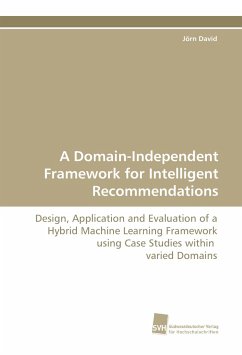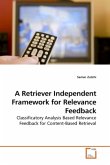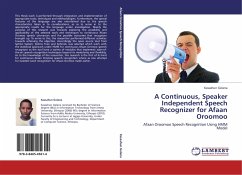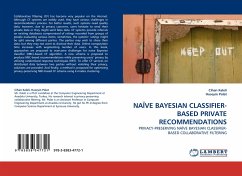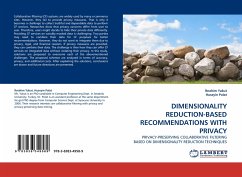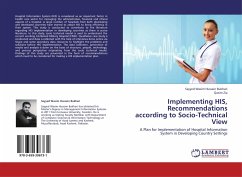Recommender systems assist the user in decision- making processes and automate information processing steps like the classification of artifacts. Intelligent recommendations help users to cope with the steadily growing information overload within the internet or when using information systems at their place of work, for instance. As an example, the recommendation techniques collaborative filtering and content-based filtering are mainly applied in the areas of e-Commerce and web navigation to recommend potentially relevant articles or websites. Recommender systems are either based on machine learning functions such as clustering, classification, and prediction or they are realized by symbolic methods like association rule mining, that is, by rule-based mechanisms in general. The hybrid and domain-independent framework developed in this dissertation called SymboConn is based on a recurrent neural network and provides a high generalization capability, flexibility, and robustness. Wedemonstrate its applicability by case studies in navigation recommendation, design pattern discovery, change impact analysis as well as time series prediction.
Bitte wählen Sie Ihr Anliegen aus.
Rechnungen
Retourenschein anfordern
Bestellstatus
Storno

